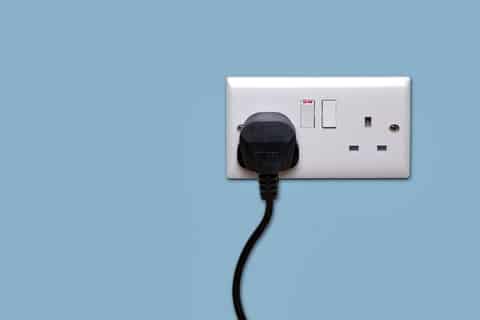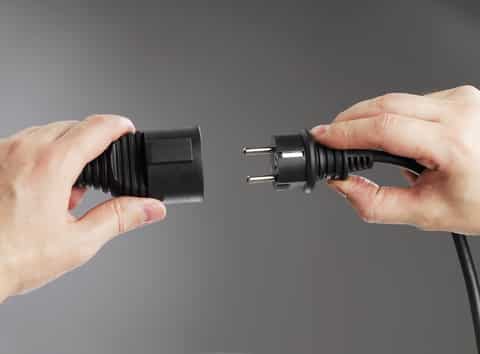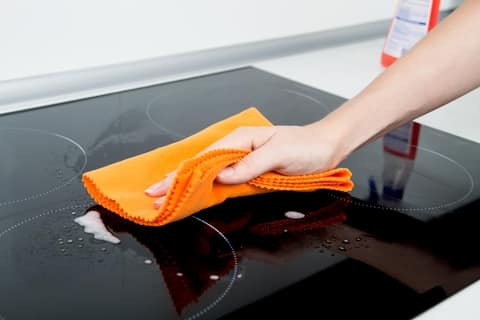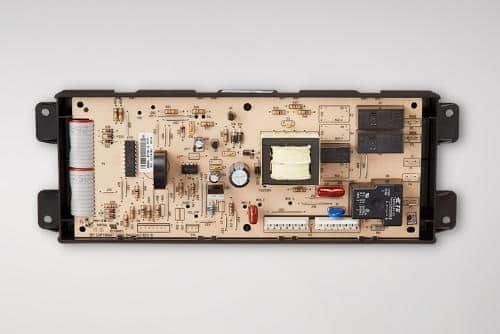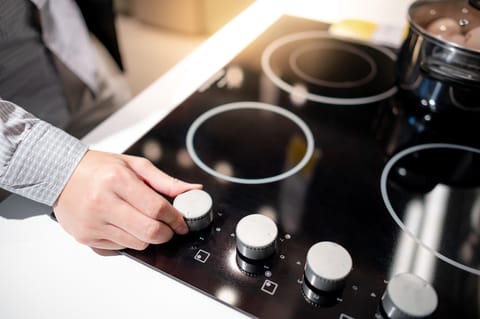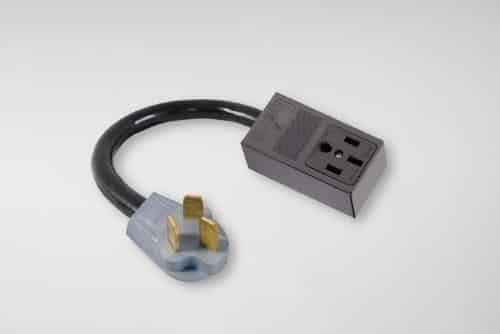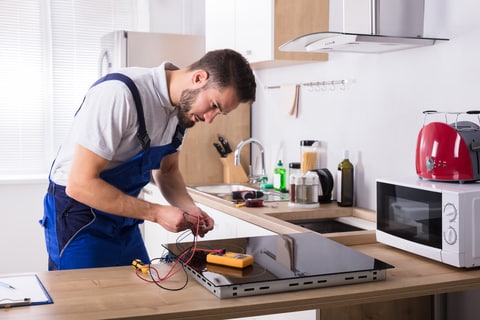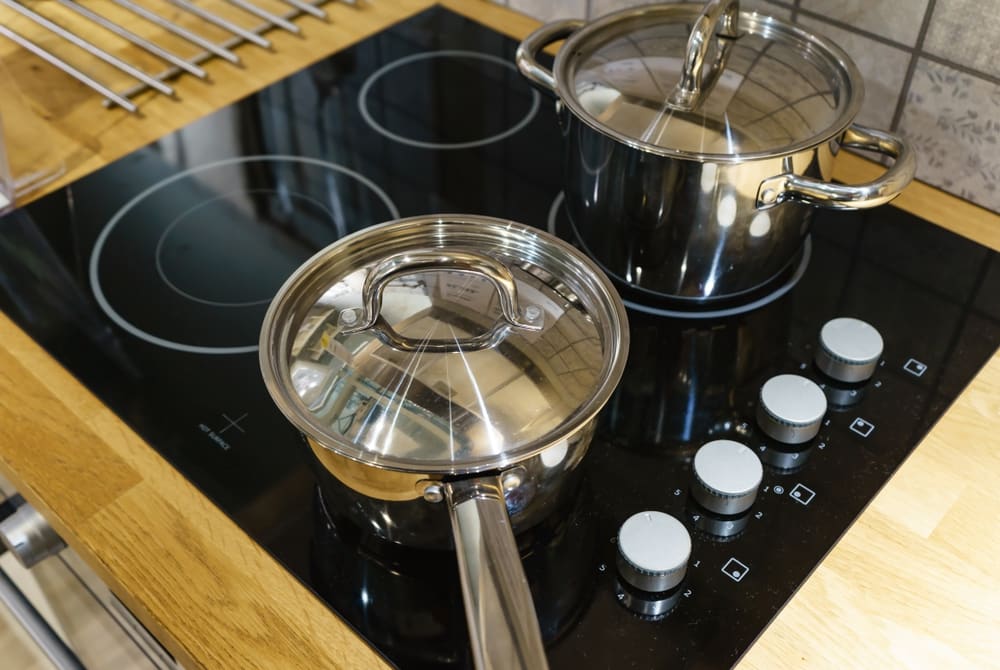
Electric stoves are simply the best thing for enhancing the cooking experience as they allow you to enjoy a fireless cooking experience, and offer even cooking output.
However, at times, the electric stoves can take forever to heat up, but there are a few things that you can do to fix the issue.
How to Fix Electric Stove Takes Forever To Heat Up?
1. Check the Plug
First of all, you will need to make sure that the plug of your electric stove is tightly plugged into the wall outlet and that it is not loose. This is because loose plug connections can cause current fluctuation, and the stove won’t get the right amount of current that is needed to heat up the stove.
To resolve the problem, the best approach is to take off the plug from the electric socket and then plug it back in tightly. Most of the time, it is enough to sort out the problems with your electric stove.
2. Check the Wattage
You will also need to check the wattage as sometimes wattage fluctuation can cause this problem. If your electric stove is facing some wattage fluctuation, the current will not be directed to the heating coil properly, and that uneven flow of the current can lead to slow heating.
For this purpose, you must check your circuit and ensure that you are getting the right wattage on the electric stove. Once the wattage is regulated, the heating will be back to normal.
Lastly, you must not use an extension cord for switching on the electric stove as it’s not a safe option.
3. Clean the Surface
The stoves often have leftover food particles and moisture on the surface, which creates a layer. This layer could be the reason behind slow heating as it hinders heat conduction.
You need to make sure that the surface is kept clean for it to conduct the heat properly.
4. Burnt Or Loose Wires
If there is nothing wrong with the internal components or plug, it is important to inspect the electrical wires, particularly the burnt or loose wires. This is because the problem with wires can hinder the electrical flow to the stove, leading to heating issues.
The loose wires can be easily tightened up. On the other hand, if the wires seem damaged, you have to replace them.
5. Damaged Heating Element
The selector switch is important for controlling and directing the electricity flow to the heating element. The knob is turned to the specific heat setting, which closes the circuit for heating up the element.
However, if the electric stove isn’t producing sufficient heat, there are chances of a damaged heating element. Before you change the heating element, it must be cleaned for better inspection (it is actually recommended to clean the heating element regularly).
It is convenient to troubleshoot the plug-in heating element as it has to be slightly raised for pulling it out.
So, if your electric stove has a plug-in heating element, you must inspect the heating element as well as the prongs for damages, such as breakage, blistering, and bubbling. In case of any such damages, you need to replace the heating element.
Replacing the heating element is quite challenging for electric stoves as there are multiple wires to check. This is why it’s better to hire a technician as he can replace the heating element and make sure all the wires are well-connected.
6. Selector Switch
The heating element is designed with a switch that’s important for regulating the voltage. When the stove reaches a specific temperature, it shuts off the electric connection, and it’s actually a constant cycle that goes on during the cooking process.
However, if the selector switch is damaged, it limits the electrical flow, which slows down the heating process. To fix the issue, you must replace the broken selector switch with a new one and the heating will be restored.
7. Main Control Board
If you are using a smart stove, there are chances that the main control board is not working properly. The main control board is responsible for sending signals to different components in the stove, and it controls how the stove will heat up.
On the other hand, if the main control board stops working, its heating will stop as well. The main control board is damaged by power fluctuations and excess heat.
For instance, if the electric stove goes through power surges or a short circuit, it will fail to send power to the heating element, resulting in a heat loss
In addition, the stove should be placed in a kitchen with sufficient ventilation because overheating can also damage the main control board.
8. Burners
Stoves need burners to work properly, and if there is something wrong with the burners, they won’t be able to transmit heat from the heating element to the cooking pot/pan.
The burners tend to wear out with time, which is why replacing them regularly is recommended by the experts.
If your stove has plug-in burners, you can take off the exterior coil, lift it, and pull it out for detaching. Once it’s out, you can slide the new burners’ prongs and push them forward for locking them in.
Secondly, it is rare for the burner socket to stop working, but it still stands a chance. So, when you are getting the burners replaced, it is better to change the burner sockets as well.
9. Knobs
If your electric stove is designed with knobs rather than a touch display, there are chances that knobs are not installed properly. This is important because knobs have to be pushed and turned for switching on the stove and heating them.
So, if your knob is not in place, it won’t be able to switch on the stove, hence the heating issue. To resolve this problem, you need to install the knobs correctly, and if the knobs are damaged, you can replace them with new ones.
10. Igniter
An igniter is another important component of the electric stove. With regular use, the igniter gets covered up with debris and gunk, which restricts the heating process.
To resolve this issue, you have to locate the igniter and clean it with the help of a brush and mild detergent. In addition, you must unclog the light hole with the help of a sewing needle.
When everything is clean, put it back on your stove and try heating it up. However, if the electric stove still doesn’t heat up, you need to replace the igniter, and it must be done by a qualified technician.
11. Receptacle
The power receptacle is one of the most critical components for operating and heating the electric stoves. However, a burned-out receptacle disturbs the voltage that’s directed to the heating element.
To fix the issue, the receptacle has to be replaced, particularly if there are damages and burn marks.
12. Get it Checked
There can also be some problems with the internal component of your electric stove that you must consider if it is taking forever to heat up.
For this purpose, you will need to get your electric stove checked by a technician to diagnose the stove and see if there is some burnt or fused component. Also, the technician will be able to fix the problem for you properly by replacing the broken components.
Tips To Maintain The Electric Stove For Better Heating
In addition to following the troubleshooting guide, it’s also important to take care of the electric stove to prevent this issue altogether.
First of all, the top burners should be regularly cleaned but always switch off your stove before cleaning to prevent the electric shock. Once cleaned, the components should be dried up properly.
Lastly, you should always use mild detergents for cleaning the stove to prevent corrosion caused by harsh chemicals.
